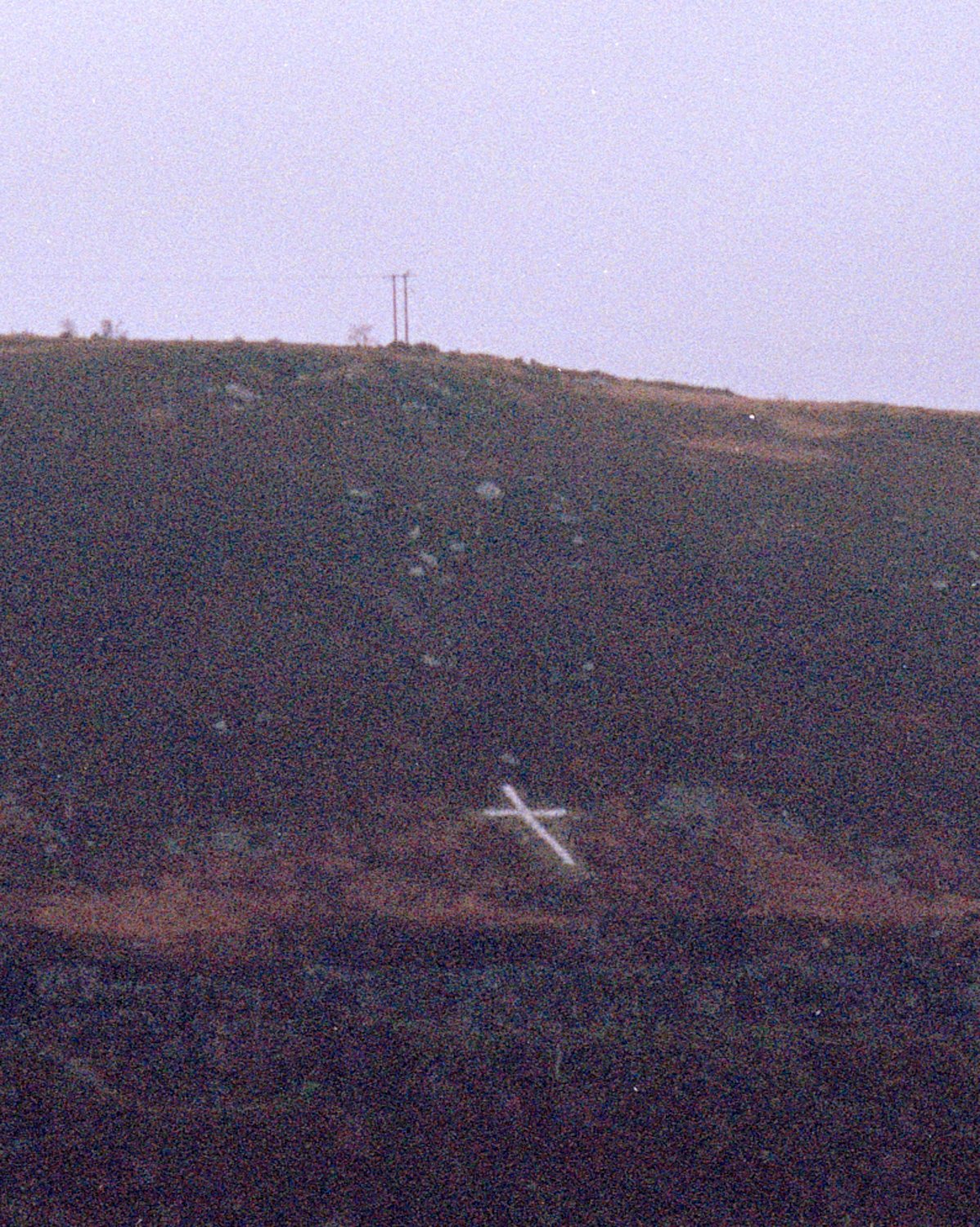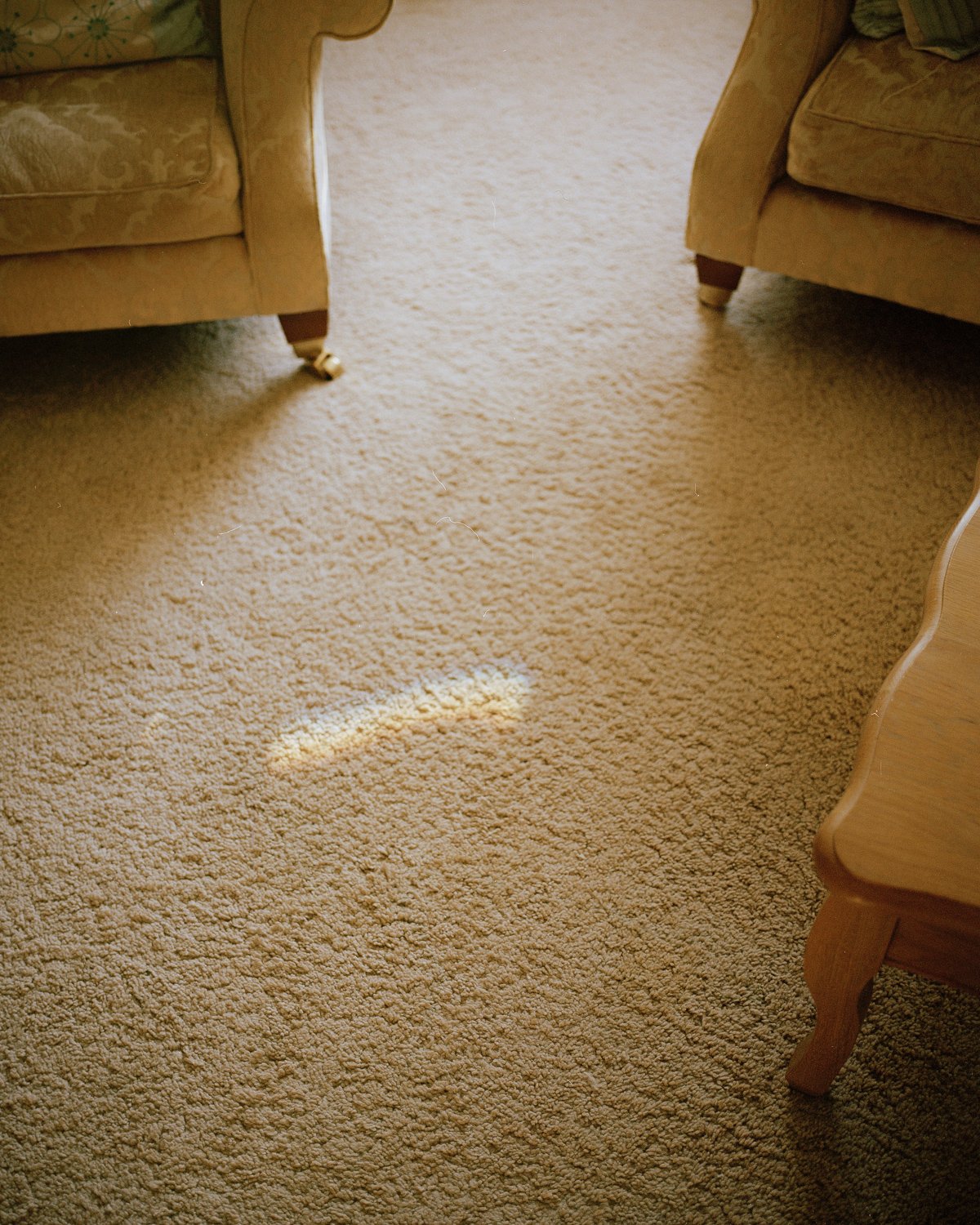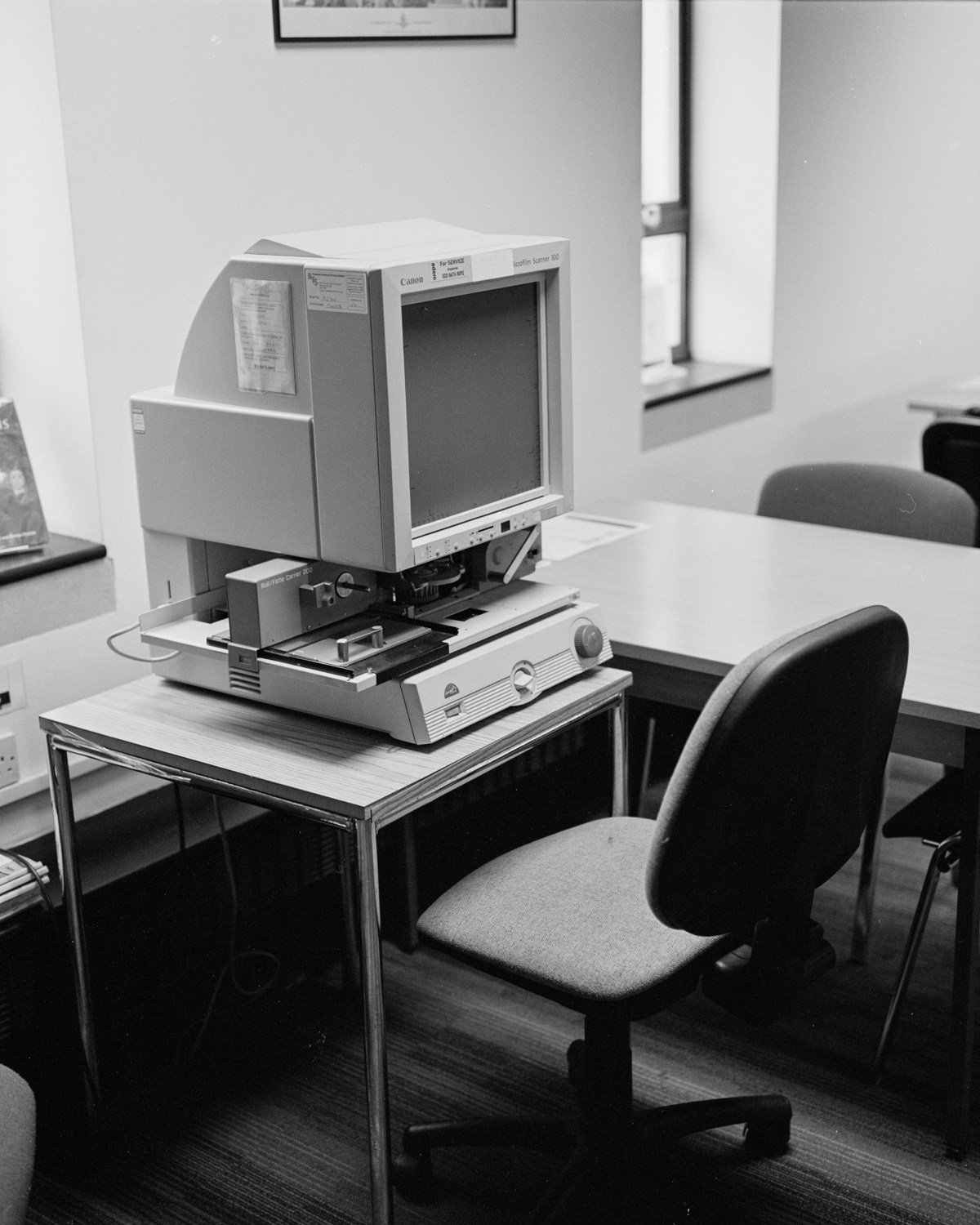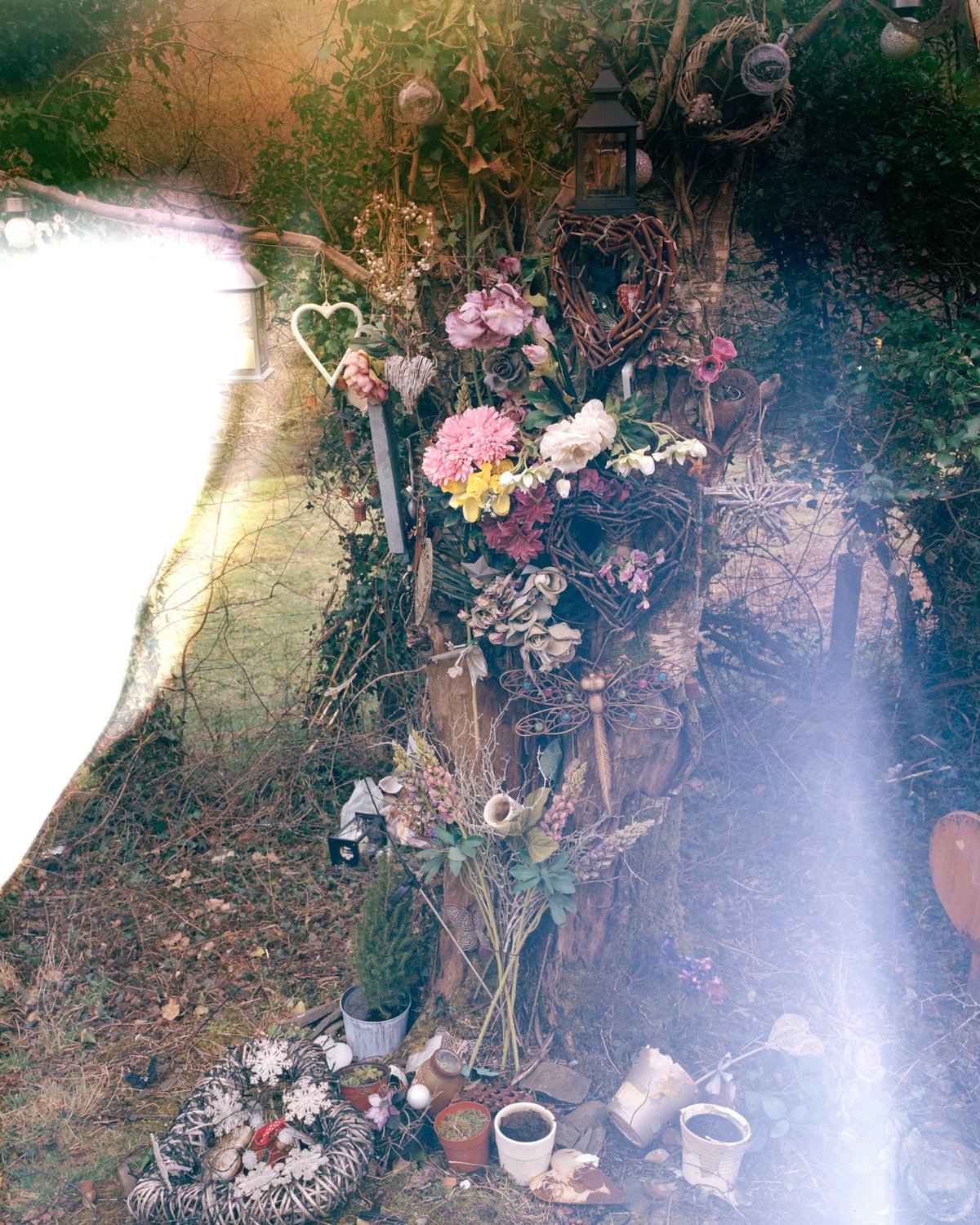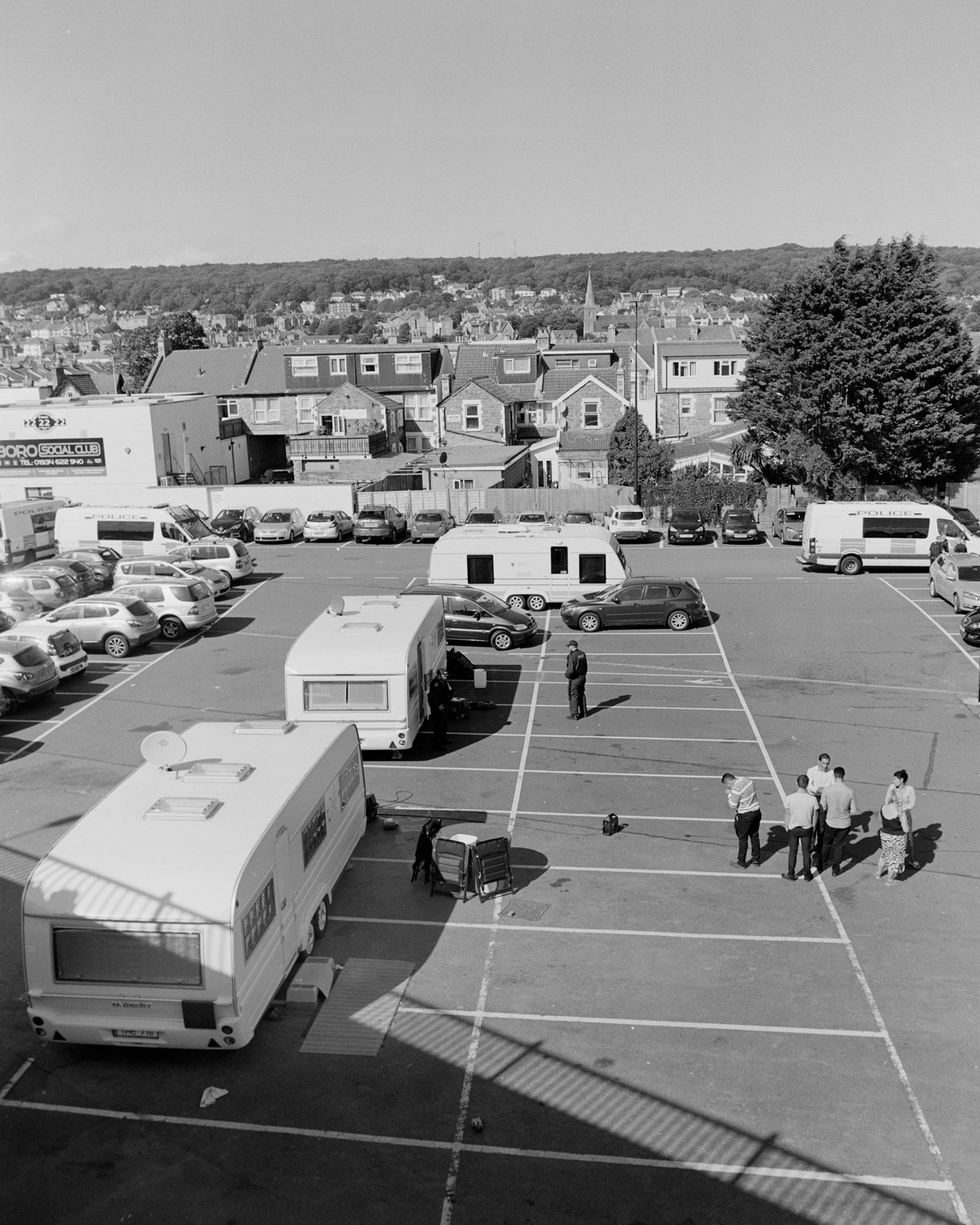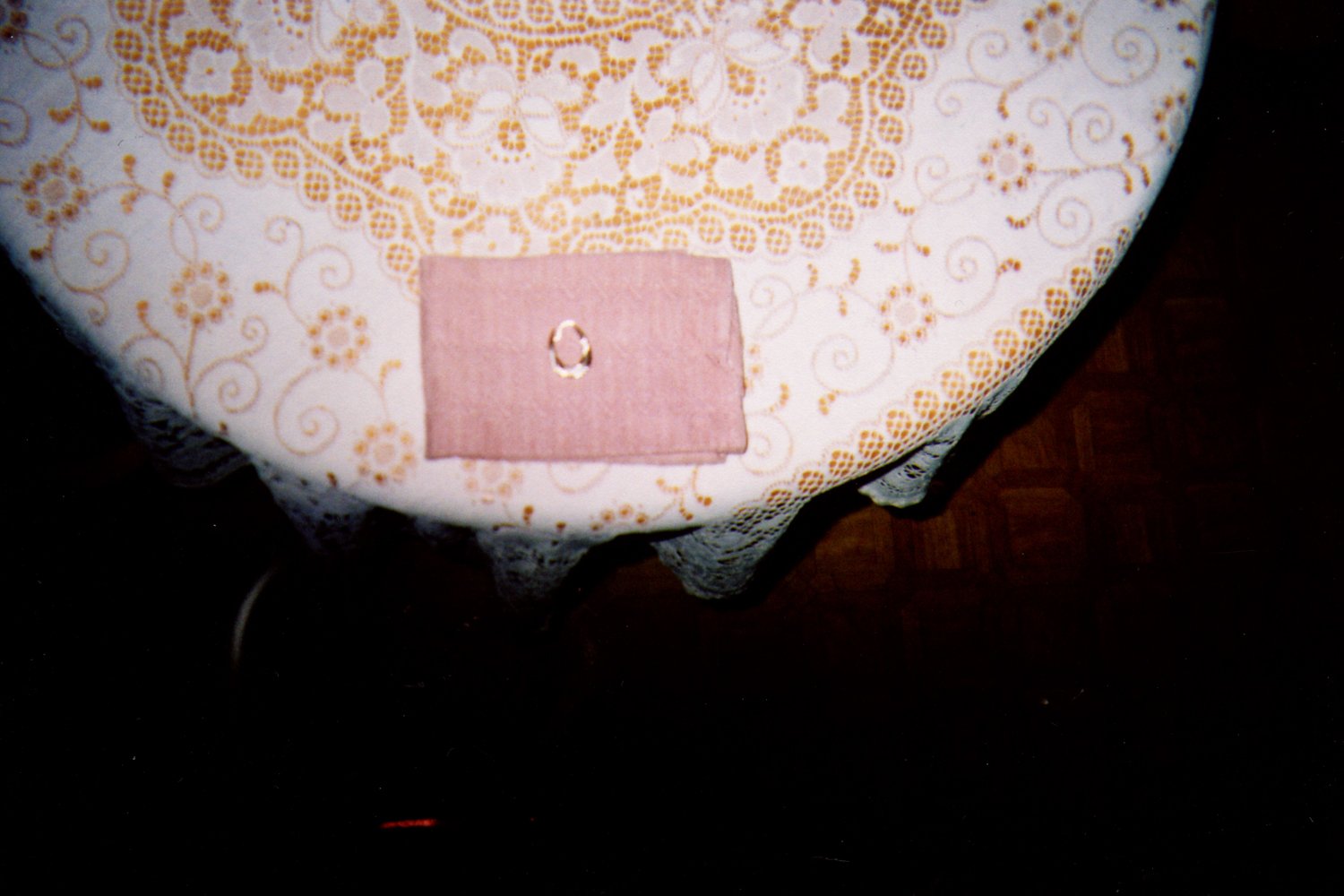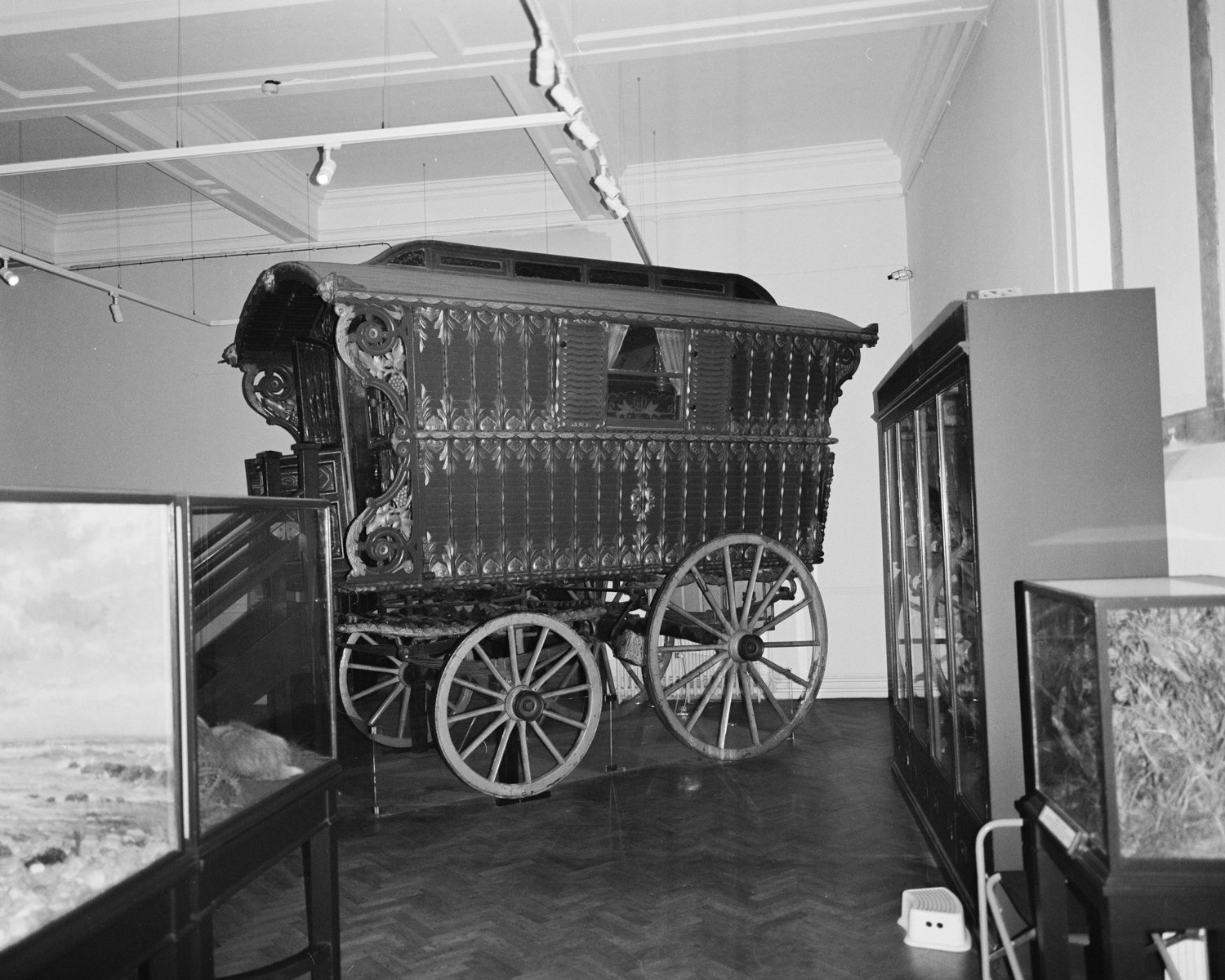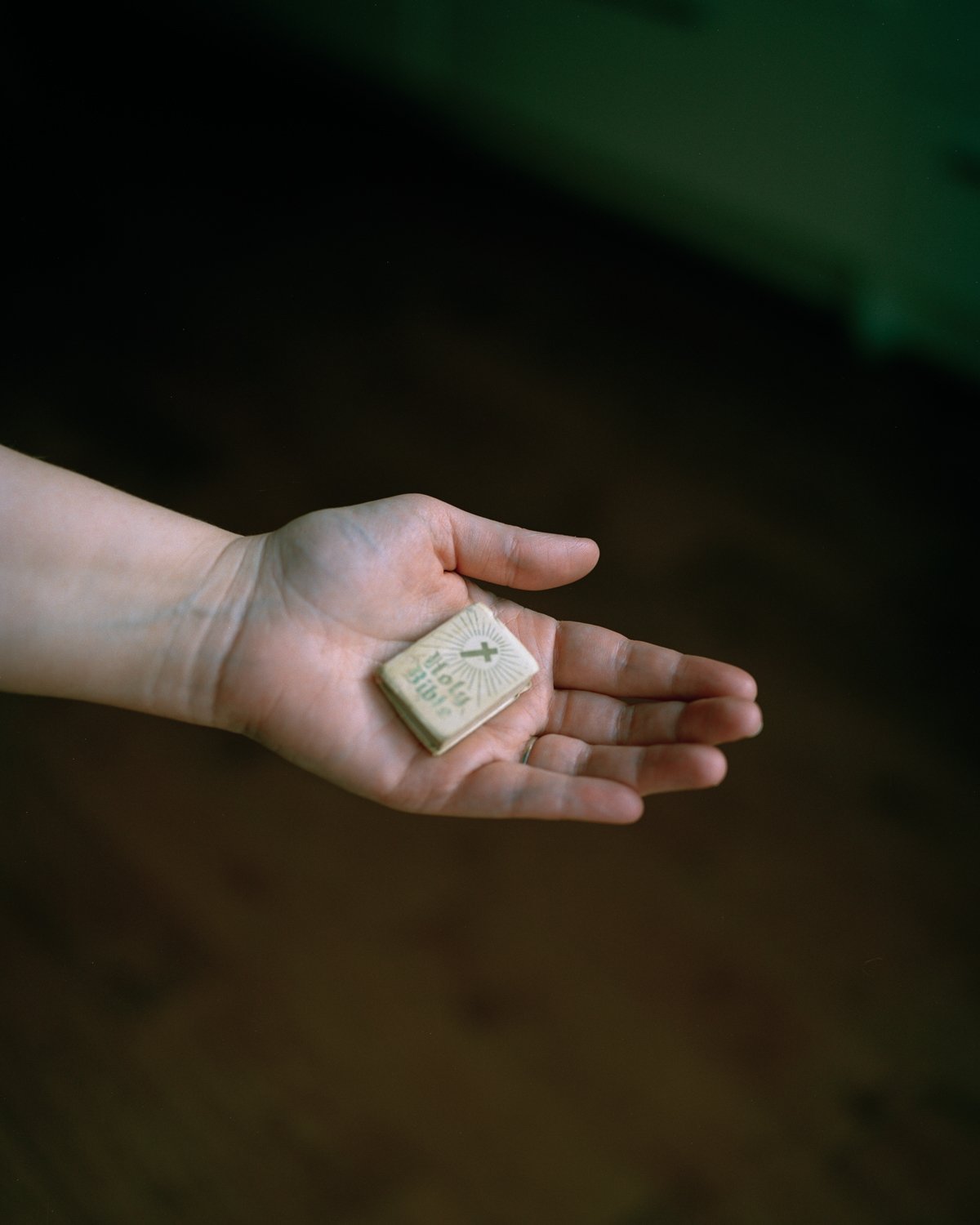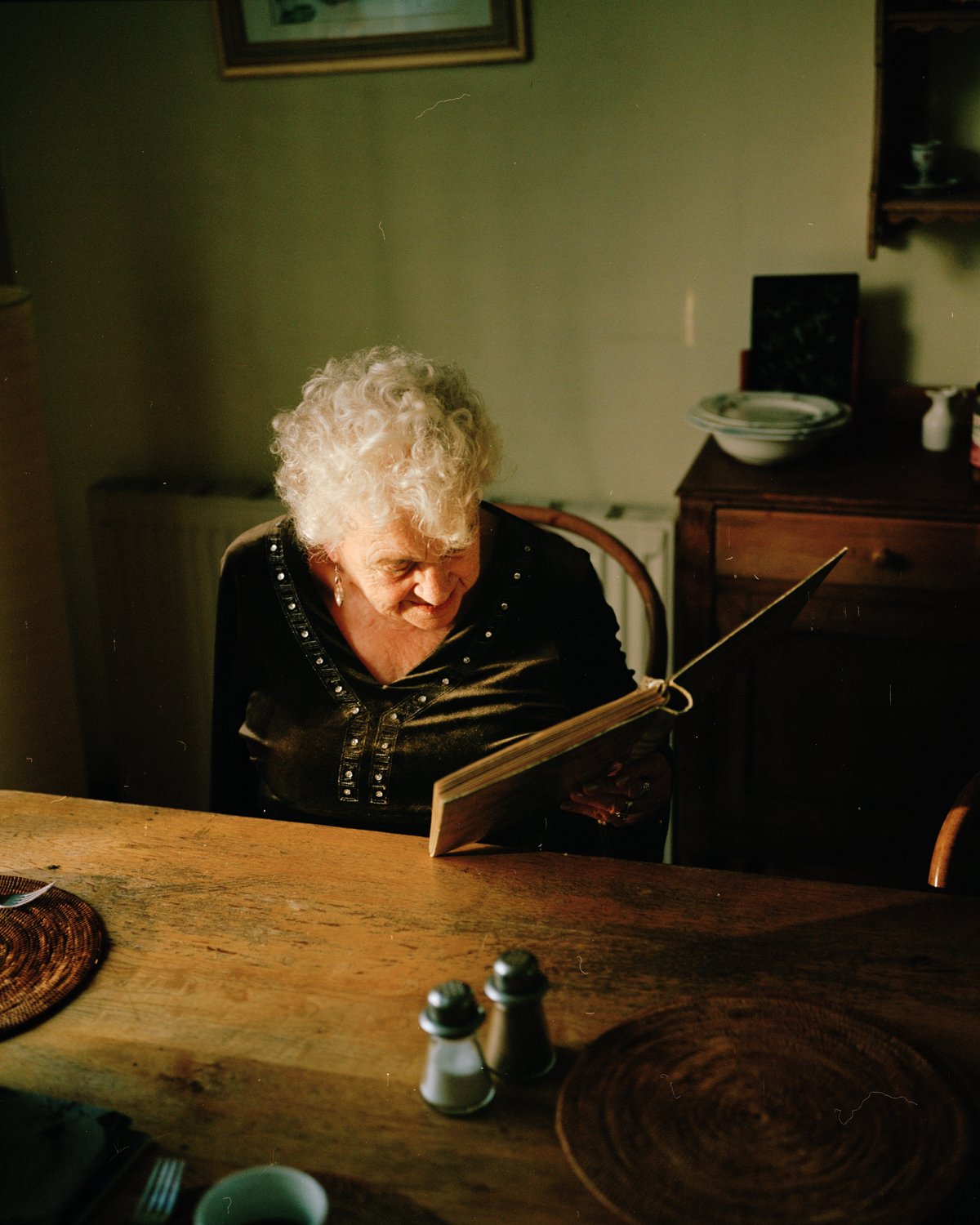There will always be subjectivity when thinking about the past. Whom upset whom, the uncle we don’t talk about, the rose tint of nostalgia always making an appearance. We cannot understand our past unless we understand embracing the unknown and speculative thinking. In what way does thinking about the past change how you see the present. How do certain stories alter the remembrance of the past?
Black Blood is a body of work that aims to speculate and reveal truths about Tom Roche’s Romany Gypsy heritage. From what started out with a conversation between him and his grandmother, the series became about uncovering how his past has tropes that he felt had affected his way of thinking. A fragmented history and snippets of stories heard through the years of his childhood brought about questions years later, that he wanted answered.
Formalities and records were not available to him when creating the series, so the process was one of meditation and following narrow trails of information, with people he met along the way. “I wanted to capture a feeling. A feeling of transience; a feeling about the complexities of family heritage; a feeling about the desire to live on the road; a feeling of not understanding why your connection to something might be larger than you, and your consciousness,” Tom explains.
Within the series, Roche uses important photographs from the past, which helped him in his quest to shed some light on his family history. “The archive imagery I gathered feels of a certain time, so the images I made were more representative of the present. I wanted the work to get lost in time, between the family snaps and the images I made on the road,” says Tom. “I learned more through the folklore and the stories that I was told. My time on the road, mostly alone, gave me insight – through meditative photographing and meeting people, as to how life might have felt for my family, and where I sit in all of this.” Along the way Tom photographed a Palm reader and a Gypsy academic specialist, along with his grandmother, as she is the closest connection to his Romany ancestors.


